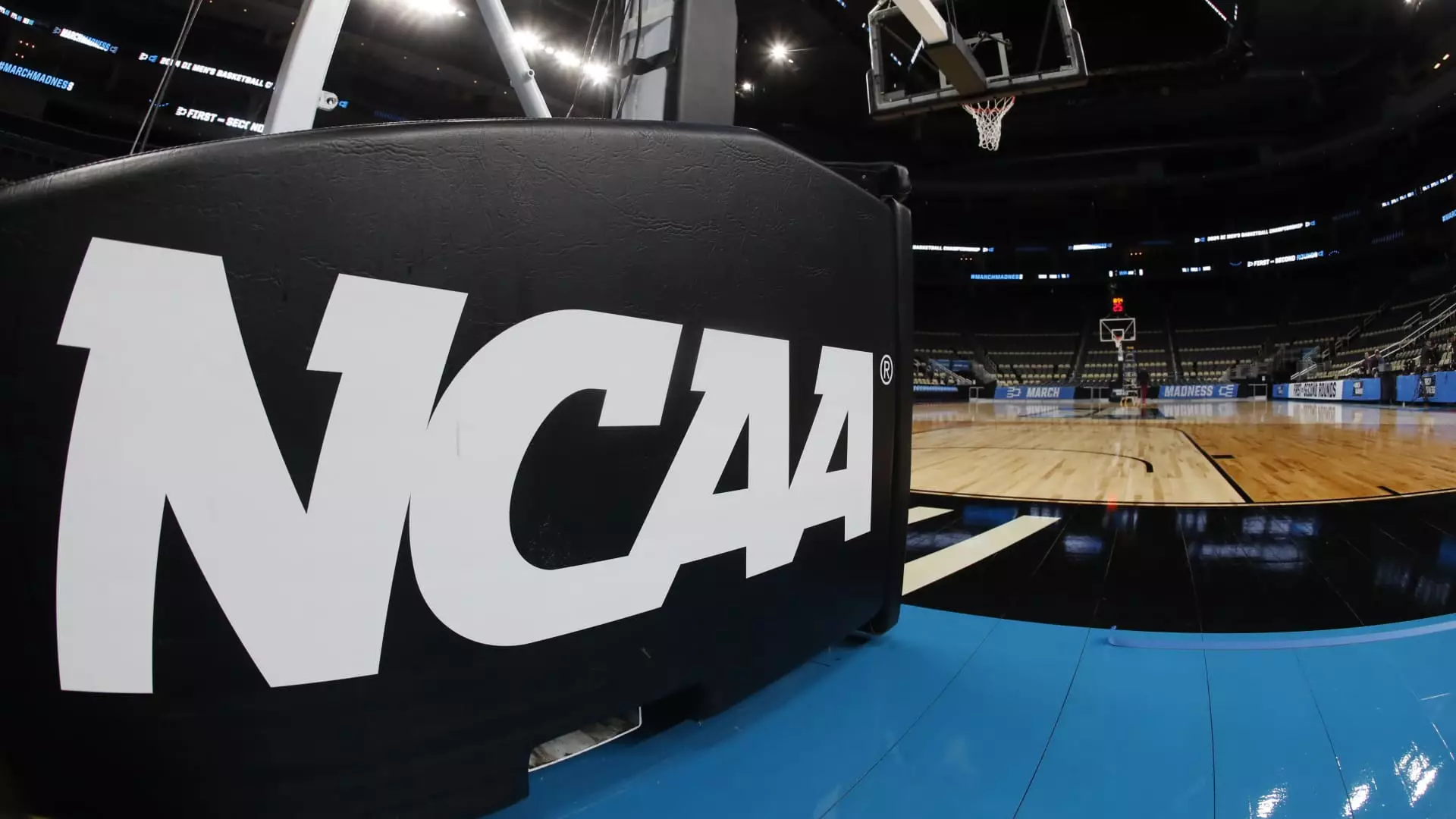The National Collegiate Athletic Association (NCAA) recently made headlines with a significant alteration to its policy regarding transgender student-athletes. This modification, which prohibits trans women from competing in women’s sports, was enacted in the wake of an executive order signed by President Donald Trump aimed at defunding institutions that permit such competitions. This article delves into the implications of this policy change, the reactions it has generated, and the broader discourse on gender identity in sports.
The NCAA’s new regulations stipulate that while students assigned male at birth are permitted to practice with women’s teams and access certain benefits—like medical care—they will not be allowed to participate in official competitions. Significantly, the updated policy permits all students, irrespective of their gender identity, to compete on men’s teams, although those undergoing testosterone treatments must navigate a medical exemption process. In an effort to maintain a consistent approach, the NCAA abandoned its previous adherence to Olympic standards that allowed national governing bodies to decide the eligibility of transgender athletes.
President Trump’s executive order, which emphasizes a binary view of gender, has clearly influenced these changes within the NCAA. With the organization representing over 1,100 colleges and universities, NCAA President Charlie Baker justified the decision as a necessary step to uphold uniform eligibility standards amidst a chaotic landscape of conflicting state laws and attitudes regarding transgender participation in sports.
This policy change raises critical questions about the inclusivity of collegiate athletics and the understanding of gender identity. By framing participation in sports based solely on the sex assigned at birth, the NCAA inadvertently reinforces archaic binaries that overlook the complexity of gender. Advocacy voices like that of Chris Mosier, a transgender athlete and rights advocate, argue that such policies are reductive and fail to recognize the existence of nonbinary and intersex individuals, as well as women utilizing hormone therapy for legitimate medical reasons.
The implications are profound, not only for the athletes directly affected but also for the ethos of sporting institutions that are supposed to champion diversity and inclusion. The policy could deter many budding athletes from participating in sports altogether if they feel unwelcome or invalidated. This shift appears detrimental to the NCAA’s obligation to foster an environment where all student-athletes can thrive, regardless of their gender identity.
The response to the NCAA’s updated policy has been swift and passionate from various advocacy organizations. Groups such as GLAAD characterized the decision as alarming and indicative of a broader, politically charged agenda that dismisses well-established medical, scientific, and human rights perspectives regarding transgender individuals. Their assertion labels the NCAA’s move as reactionary, driven more by the political climate shaped by the Trump administration rather than a thoughtful consideration of the athlete’s well-being or fairness in competition.
Moreover, the conversation surrounding transgender participation in sports illuminates a societal struggle to reconcile traditional views of gender with modern understandings of identity. Critics argue that organizations like the NCAA should prioritize inclusivity and lead in establishing standards that recognize the varying realities of gender rather than capitulating to pressures of political ideology.
As we look ahead, it becomes increasingly important for the NCAA and similar organizations to cultivate dialogue surrounding the policies that govern sports participation for transgender athletes. This should involve engaging with medical professionals, advocates, and the athletes themselves to arrive at solutions that respect both competitive integrity and the rights of every student-athlete.
The NCAA’s recent policy alteration surrounding transgender athletes has elicited a torrent of responses, reflecting deep-seated societal divisions over gender identity. As this discourse continues to evolve, it is incumbent upon governing bodies to stay informed, thoughtful, and empathetic, ensuring that all student-athletes can participate in sports without fear of exclusion or marginalization.

